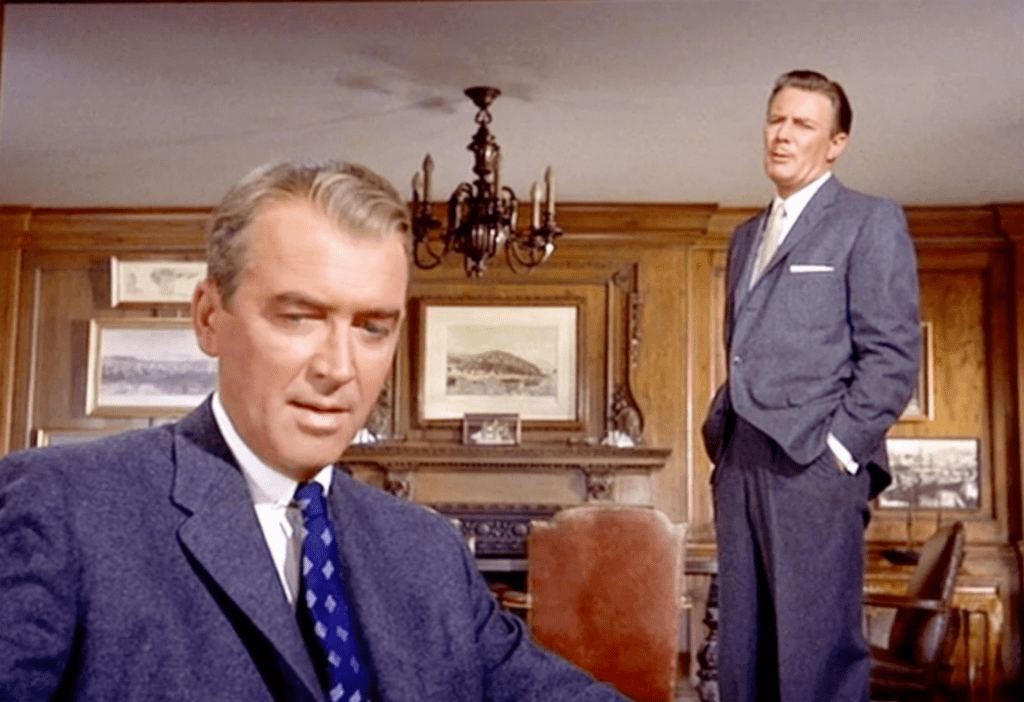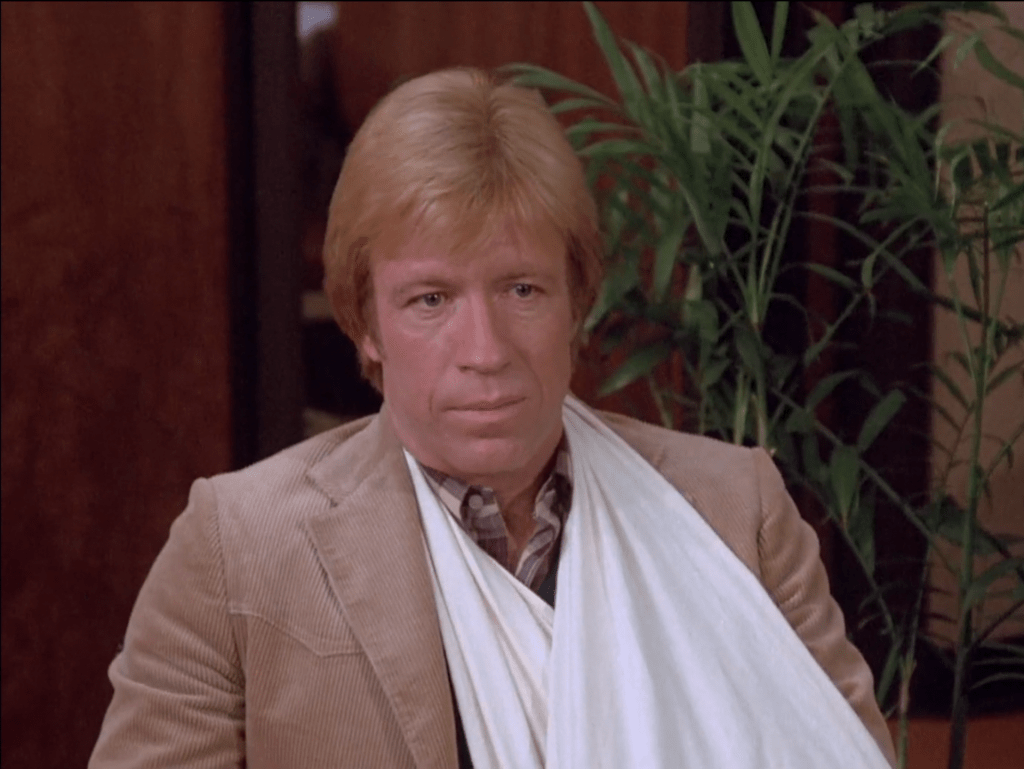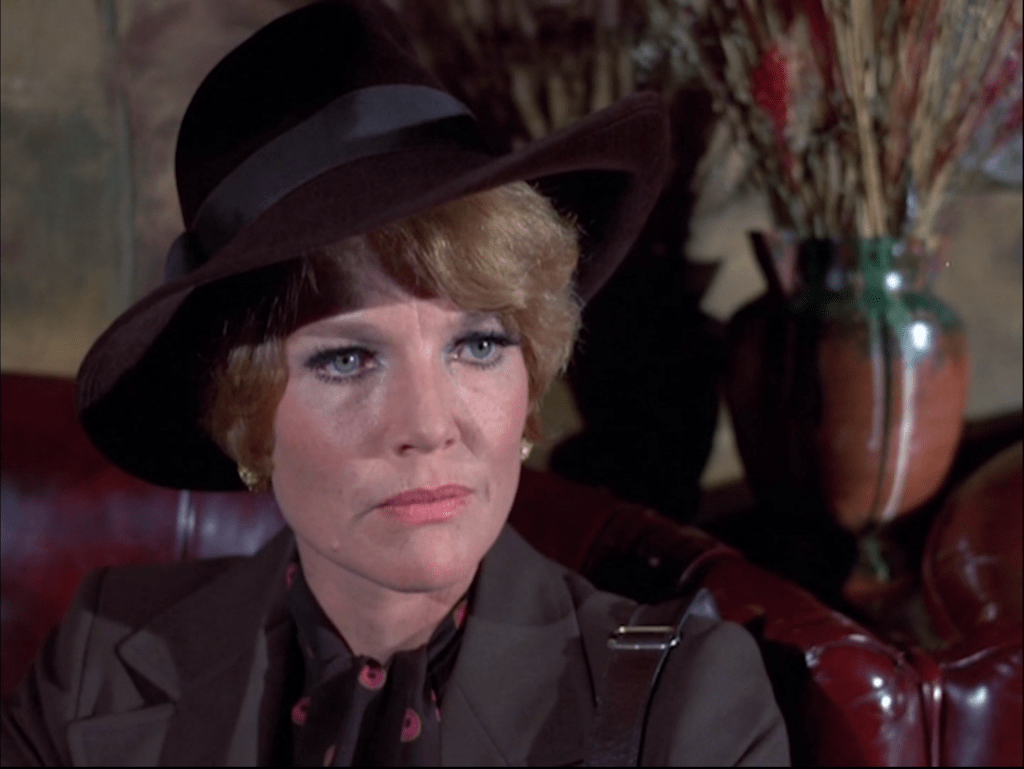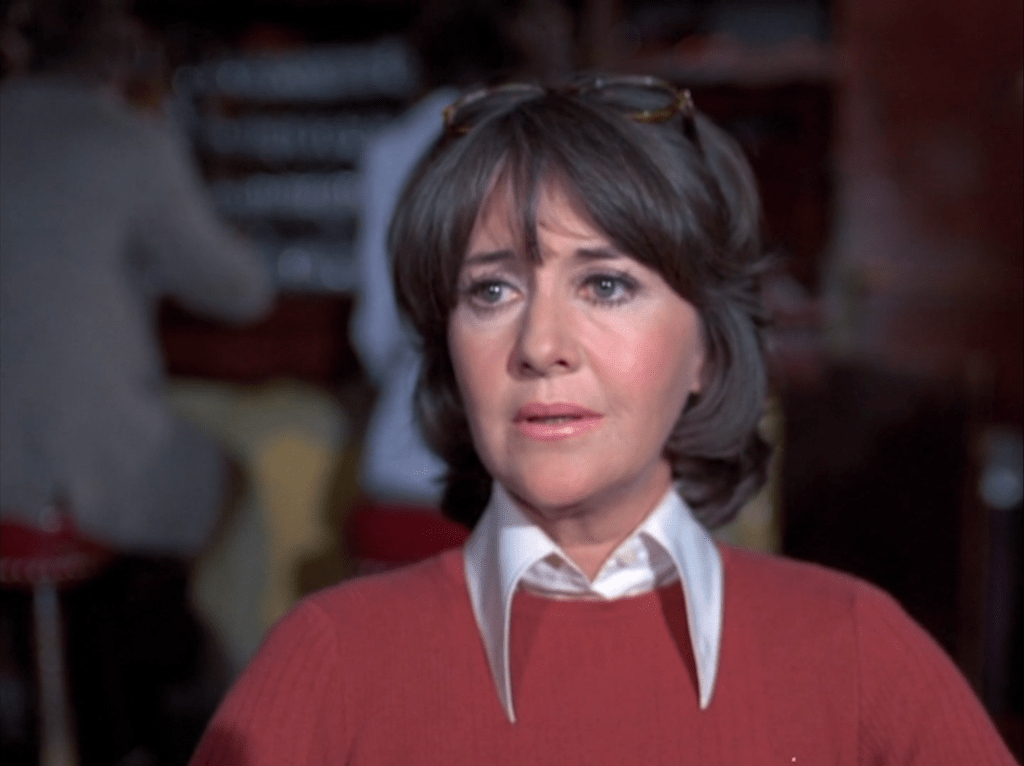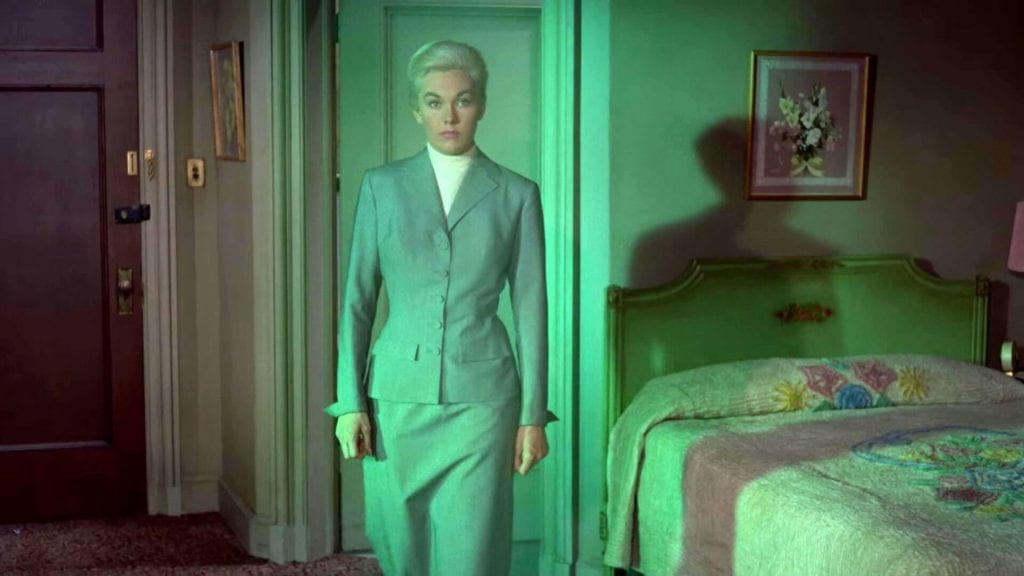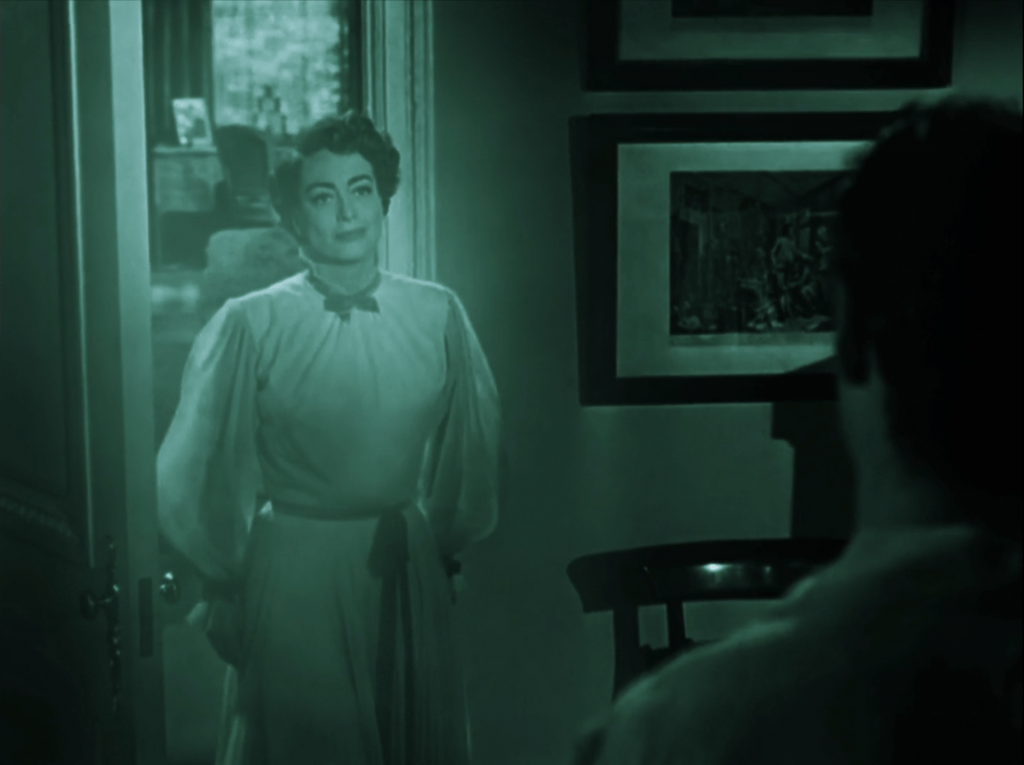
This July, Establishing Shot presents It’s Revived!, a miniseries celebrating some of our favorite (or at least some of the more fascinating) movie remakes out there in anticipation of IU Cinema’s fall film series Re:Made. Today, Laura Ivins looks at a different kind of remake as she discusses one of Alfred Hitchcock’s greatest films and its recreation in an experimental film co-directed by Guy Maddin.
Initially, the clips of films and TV shows that comprise The Green Fog (Guy Maddin, Evan Johnson, and Galen Johnson, 2017) have nothing in common other than the fact that they are all set in San Francisco. And actually, this was the initial idea of the film. The San Francisco Film Society commissioned the film from Maddin and the Johnsons, wanting a piece that celebrated the rich film history of the city for the 60th anniversary of the San Francisco International Film Festival.
So, upon first watch, knowing nothing about the film, that’s what you would see: a hodge podge of San Francisco-based clips. But a pattern emerges. The first “scene” after the titles is a bricolage chase sequence across city rooftops, and there’s something familiar about it. It may take a moment, but most film fans will eventually recognize the emerging outlines of Vertigo (Alfred Hitchcock, 1958).
Of course, film history is no stranger to the remake. Whether adapting existing IP in other media (TV shows, comics, books), remaking films from previous decades, or even referencing or lifting themes and iconography from films past, filmmakers often dip into others’ narratives when crafting their own. Vertigo itself falls neatly into this history. Countless filmmakers from Brian De Palma to Chris Marker to even Mel Brooks draw from its iconography and narrative themes.
But The Green Fog is a little different. It’s not a remake in the same way as Hitchcock’s 1956 remake of his 1934 The Man Who Knew Too Much or 1956’s High Society remake of the 1940 Philadelphia Story. While remakes and reboots will often wink at or affectionately reference their predecessors, usually they are self-contained films. You can understand the narrative arc without having seen the source material.
Would The Green Fog make any sense to someone who had never seen Vertigo? In other words, what makes the structure of Maddin and the Johnsons’ film recognizable?
As the Johnsons edited the film, they chose to use only one clip from their source film, the close-up of Scottie’s (James Stewart) hand grabbing onto the metal ladder in the opening scene where he discovers his vertigo. Otherwise, the filmmakers (primarily the Johnsons, who did the bulk of the editing) chose clips that echoed something in Vertigo, but not exactly. For example, in a 2020 interview with Cineaste, Maddin notes that sometimes the imagery they chose subverts the themes in Vertigo:
“For instance, the Hitchcock film is the ultimate male-gaze movie, with almost every shot taking Jimmy Stewart’s POV. Evan and Galen evoke the scene in which Madeleine visits the museum, but they also created a scene in which one woman discusses with another over lunch her discomfort with her job of pretending to be another woman. We see what Hitch never shows, the behind the scenes of the murder plot, and its effect on the woman who’s in on it.”
In that same interview, the Johnsons talk about how they wandered away from Vertigo altogether in certain moments: “If we wanted to include, say, a dining scene from The Streets of San Francisco, even if it had no Vertigo counterpart, we’d follow our joint or respective gut feelings.”
So, again, what makes Vertigo the recognizable backbone of The Green Fog?
Early Soviet film theorists Lev Kuleshov, Esfir Shub, Vsevolod Pudovkin, Sergei Eisenstein, and Dziga Vertov all understood in different ways that editing has the power to create associations within the mind of the viewer. Kuleshov’s “effect” is of course the most well-known articulation of how our minds fill in the missing information that a cut elides. In Kuleshov’s book, Art of the Cinema (1929), he explains how a filmmaker takes pastiche shots of different locations, and the viewer will be as likely as not to read the shots as one location. (This of course happens all the time in mainstream filmmaking. A film might start with an establishing shot exterior shot on location, and then cut to an interior shot on a soundstage.)
More radically, Kuleshov claimed you could even montage a whole new person, something he referred to as “creative anatomy.” He writes: “By montage alone we were able to depict the girl, just as in nature, but in actually she did not exist, because we shot the lips of one woman, the legs of another, the back of a third, and the eyes of a fourth.” A mainstream film example of this would be body doubles for intimate scenes or stunt doubles for physically dangerous ones.
The human mind desires pattern. We’re hard-wired for it, and cinema capitalizes on this propensity of our brains.
Evan Johnson expressed this to Cineaste when he said:
“I would just add that one thing making The Green Fog taught me, and one thing it’s sort of an explicit demonstration of, is just how thoroughly films depend on the illusion that they are one thing, a ‘whole,’ rather than the garbage dump of disparate elements—shots, cuts, sequences, sounds, people, haircuts, props, wallpaper, decisions bad and good, shoes, facial expressions, words—that they truly are.”
The Green Fog works on that illusion of a cohesive whole. Even when watching non-narrative or highly experimental films, our brains still seek out the pattern, trying to make the work make sense. The Green Fog mirrors the structure and iconography of Vertigo enough that viewers familiar with Hitchcock’s classic can map Vertigo onto the disparate clips comprising Maddin and the Johnsons’ film. It is a remake that depends on the viewer’s familiarity with the original.
IU Cinema has hosted Guy Maddin on two occasions. In April 2015, he visited the Cinema as part of the series The Magnificent Cinematic Obsession with Guy Maddin, and in August 2020, he joined Emeritus IU faculty James Naremore in a virtual conversation about film noir, On Noir: Naremore and Maddin.
IU Cinema screened Vertigo in September 2016 as part of the Themester program Good Behavior/Bad Behavior.

Laura Ivins loves stop motion, home movies, imperfect films, nature hikes, and Stephen Crane’s poetry. She has a PhD from Indiana University and an MFA from Boston University. In addition to watching and writing about movies, sometimes she also makes them.
